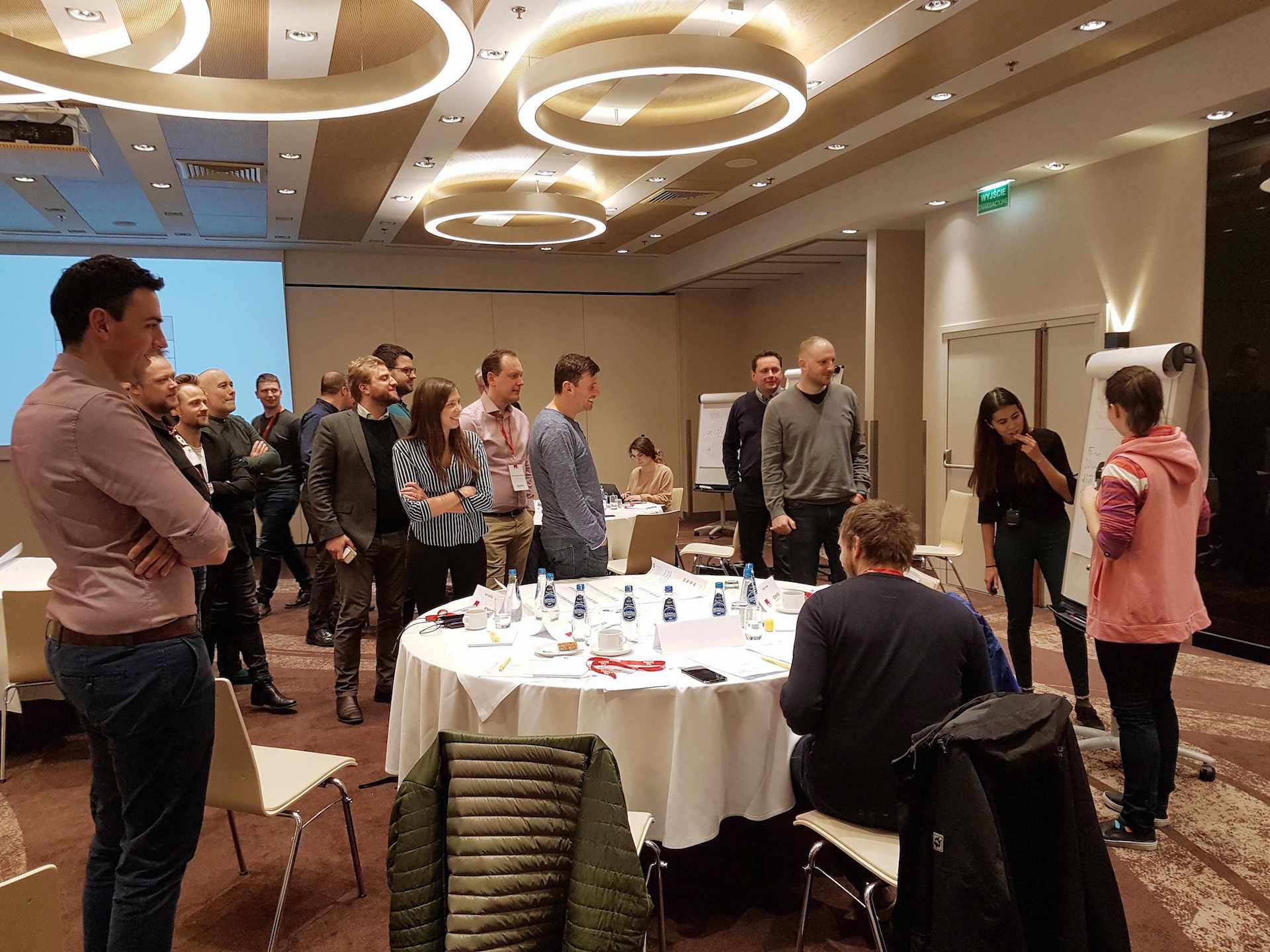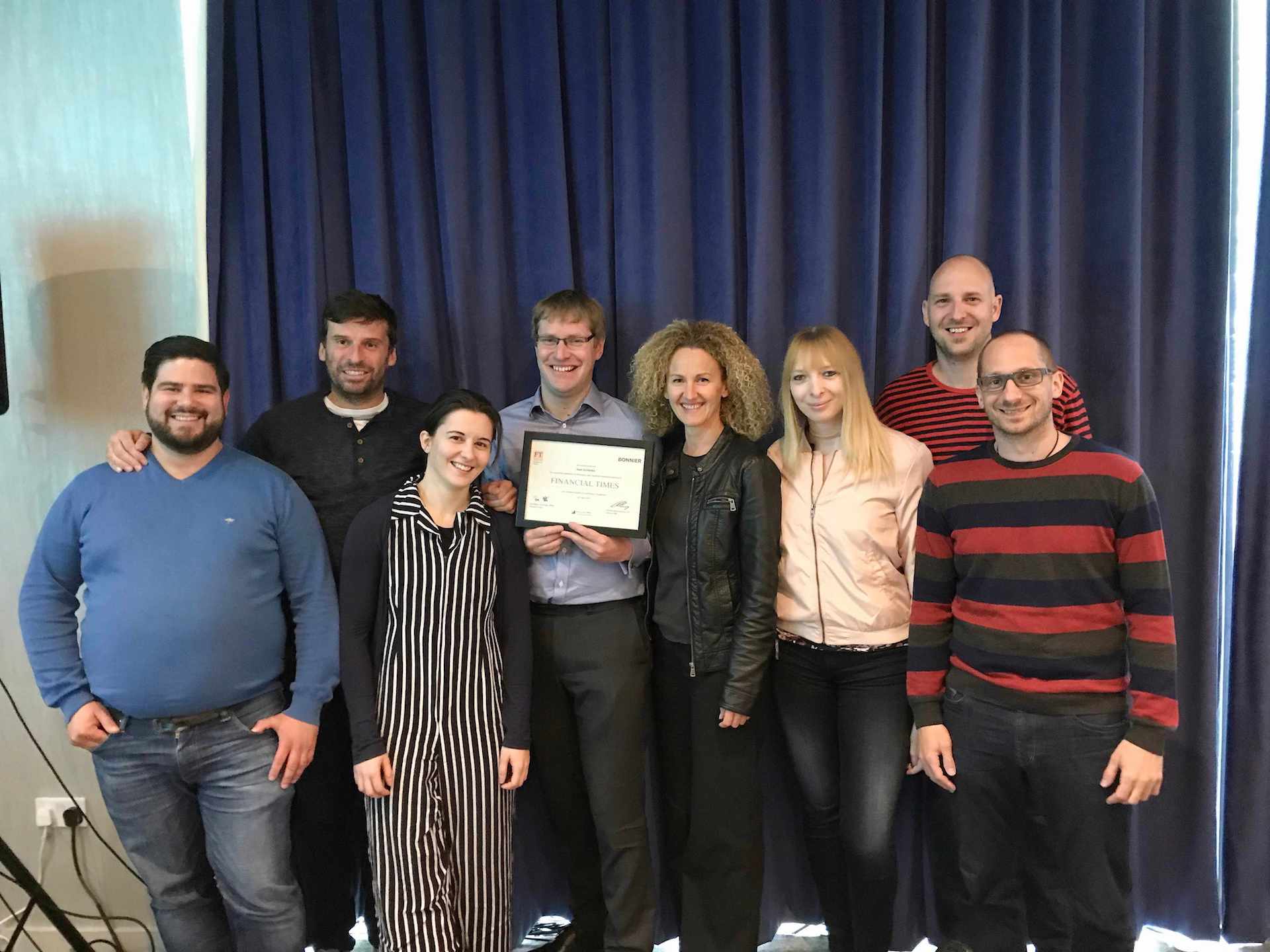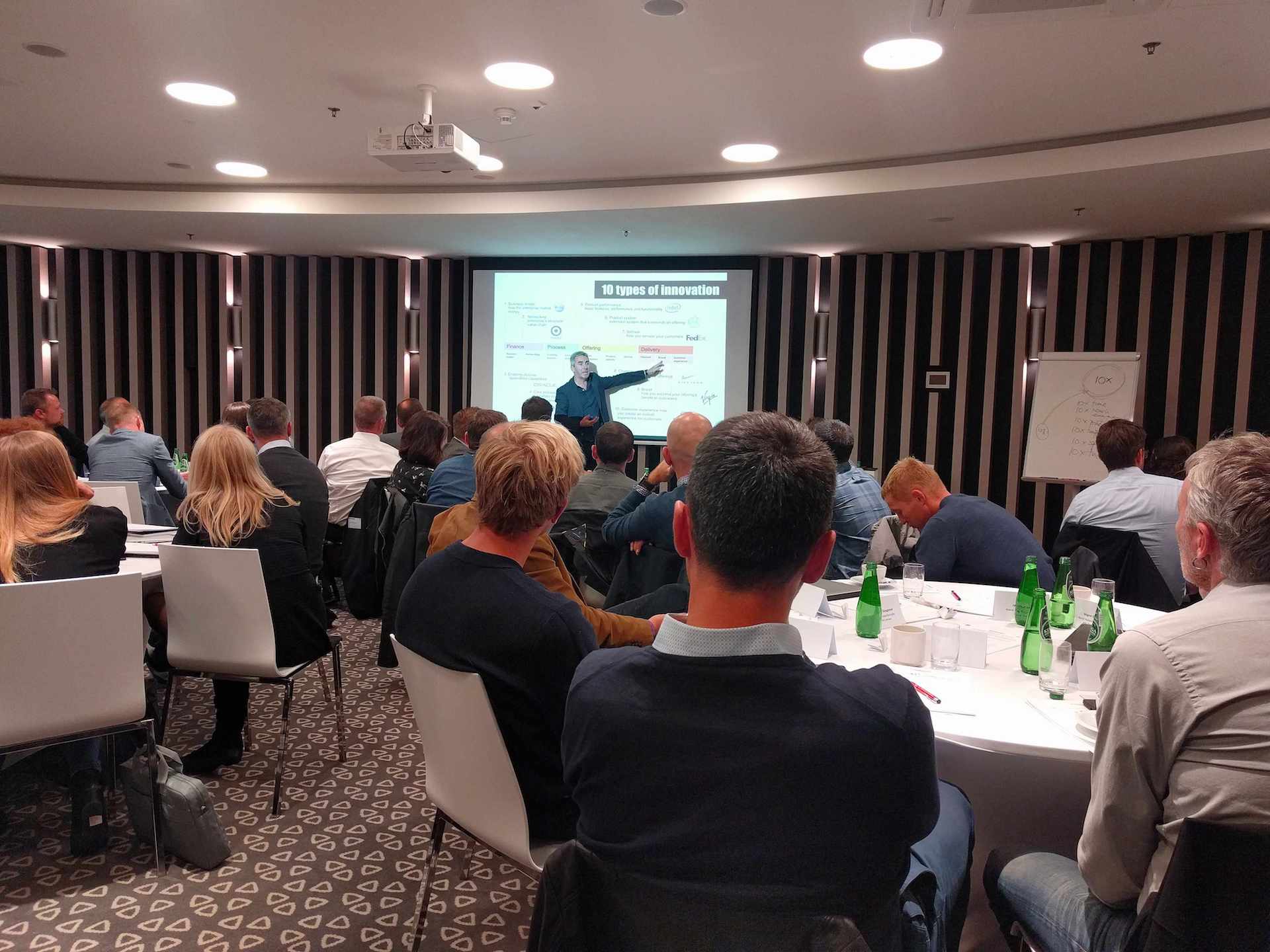Bonnier Case Study: Developing data-led strategies
The strategic challenge
Bonnier, a Sweden-based publishing company with operations in Scandinavia and Central and Eastern Europe,had been considering its digital future for several years. This wouldn’t be easy. Its data analysts tended to work in silos with limited group-wide interaction or sense of how data might support strategy.
Initially, Bonnier sought the first-hand knowledge and advice of the Financial Times. It had transformed from a print-based newspaper to a digital-led news organisation with some 80% of its subscriptions now online. That shift unexpectedly opened up a goldmine of data about what, when and how readers wanted their news. A vivid picture of FT readers soon emerged: of the stories they read, their location, devices used, scroll time, user journey and much more. These new insights in turn influenced all aspects of the business, such as whether to shift from an advertising to a subscription-based revenue model. They even changed the editorial focus. This was not a ‘digital first’ strategy. It was an ‘audience first’ strategy.
MY UNDERSTANDING OF DATA ITSELF
HAS FUNDAMENTALLY CHANGED

The learning challenge
Bonnier was quick to understand the transformative potential of data. However, it was too small and decentralized to simply replicate the FT’s model, and didn’t want an off-the-shelf solution. Fortunately, Headspring was well positioned to help. Not only could it tap its extensive network of academic experts, it could, uniquely, mine the incomparable experiences of its FT parent in designing a customised solution for Bonnier.
Together, Bonnier and Headspring co-designed a sixmonth programme for senior business analysts and data managers from eight markets: Poland, Estonia, Lithuania, Slovenia, Denmark, Germany, Norway and Sweden. The programme, held in Warsaw and London, comprised seven, one- and a half-day sessions such as: ‘Creating a Business Mindset’, ‘KPIs in practice’ and ‘Storytelling with data’.
Just bringing data analysts and managers from different markets together was in itself invaluable. Few had met their peers abroad let alone worked together. “We never collaborated this way before. We met a lot of great people” said one participant from Slovenia.
Initially data and management teams learned from mainly FT speakers about how data could help solve operating problems. The cohort was divided into groups according to their commercial challenges (customer acquisitions, retention, on-boarding etc.) and then by country, thereby transferring subject knowledge back to national teams.

HIGHLY INSPIRING
A BIG THANK YOU. THE TEAM REALLY APPRECIATES
THE OPPORTUNITY, THE EFFORT AND KNOWLEDGE
SHARED. NOW IT’S ON US TO DO SOMETHING WITH IT…
CHALLENGE ACCEPTED.
Jure Gostisa | Head of Data & Analytics | Bonnier B2b
Flexible design
But participants needed more than operational know-how. They had to be able to integrate this knowledge into the bigger strategic plan. Shifting emphasis, the programme introduced its ‘North Star’ methodology. Each country team would agree their own single, overarching business goal. This might be reaching a certain subscription, retention or audience engagement target, or becoming a market leader. Once the North Star was determined, country teams would develop detailed strategy maps, actions and KPIs to achieve their goals. The idea was to get data people to think more like business people.
“Data is important, but it’s more important to articulate a clear North Star and align it with strategies and KPI’s for the organization to work towards the common goal.”
Being able to shift focus with such agility was an essential ingredient in the programme’s success. As Jure Gostisa, Bonnier Head of Data & Analytics B2B, who led Bonnier’s engagement in the programme, remarked, Headspring did a “great job modifying on the go. Flexibility was 10 out of 10.”
One striking revelation was that so many local issues (e.g.on product range or customer personas) were similar across markets. With their overarching goals starting to crystallise, participants could identify solutions and share them across the group in a systematic way. Data teams didn’t have to wait for board instructions. Best practices could now filter from the bottom up.

NORTH STAR IS A REAL GAME CHANGER
Long-term impact
The impact was immediate. North Star goals were incorporated into discussions from board level down. In participants’ own words: “North Star became the main tool to drive change,” said one. It provided “clear goals, understanding what we have, need, lack and must do,” commented another. “Many things that we had taken as too difficult to solve before the programme, now look as doable.”
The “next step is to make data flow freely across all new systems and make it actionable for both editorial and commercial activities.”
Other participants are setting up a data analytics forum to bring all data teams together. In time, “culture and mindset is expected to shift steadily in the coming years to be more data driven and customer focused.”